
Charles Drelincourt (1 February 1633 - 31 May 1697) was a French physician.

Charles Drelincourt (1 February 1633 - 31 May 1697) was a French physician.
Born in Paris, he was the son of Charles Drelincourt, calvinistic reverend in Paris and of Marguerite Boldue, the only daughter of a wealthy Parisian beer brewer. He was raised a Protestant.
After studies in Paris with Jean Riolan, then in Saumur and Montpellier where he received his doctorate in 1654, he practised in Paris where he met Charles Patin and became, in 1655, the particular physician of Turenne. [1]
From 1656 to 1658, he was appointed French army's medical service Inspector in Flanders then he became in 1659 the First physician of the King (fr) Louis XIV.
He married Susanna Jacobs and the couple moved to Leiden in 1668. [2] There he held the Chair of Medicine at Leiden University, where he was the successor of Joannes Antonides Van Der Linden and the predecessor Herman Boerhaave. He was also Rector of the university in 1679, 1688 and 1694.
Drelincourt was a prominent scholar of Hippocrates and classic literature with a great knowledge of classical languages, which granted him much recognition among his contemporaries, especially Pierre Bayle. [3]
In his lectures, Boerhaave praised him and used to call him "nitidus incisor". [4]
He died in Leiden in 1697 aged 64.
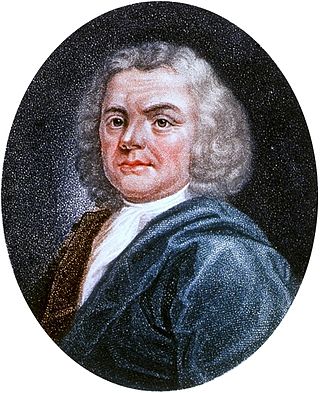
Herman Boerhaave was a Dutch botanist, chemist, Christian humanist, and physician of European fame. He is regarded as the founder of clinical teaching and of the modern academic hospital and is sometimes referred to as "the father of physiology," along with Venetian physician Santorio Santorio (1561–1636). Boerhaave introduced the quantitative approach into medicine, along with his pupil Albrecht von Haller (1708–1777) and is best known for demonstrating the relation of symptoms to lesions. He was the first to isolate the chemical urea from urine. He was the first physician to put thermometer measurements to clinical practice. His motto was Simplex sigillum veri: 'Simplicity is the sign of the truth'. He is often hailed as the "Dutch Hippocrates".
The 1711 Sales Auction Catalogue of the Library of Sir Thomas Browne highlights the erudition of the physician, philosopher and encyclopedist, Sir Thomas Browne (1605-1682). It also illustrates the proliferation, distribution and availability of books printed throughout 17th century Europe which were purchased by the intelligentsia, aristocracy, priestly, physician or educated merchant-class.

Thomas Bartholin was a Danish physician, mathematician, and theologian. He is best known for his work in the discovery of the lymphatic system in humans and for his advancements of the theory of refrigeration anesthesia, being the first to describe it scientifically.

Albrecht von Haller was a Swiss anatomist, physiologist, naturalist, encyclopedist, bibliographer and poet. A pupil of Herman Boerhaave, he is often referred to as "the father of modern physiology."
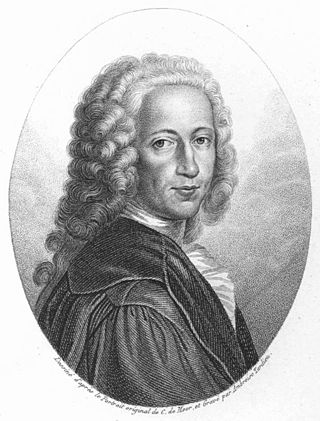
Bernhard Siegfried Albinus was a German-born Dutch anatomist. He served a professor of medicine at the University of Leiden like his father Bernhard Albinus (1653–1721). He also published a large-format artistic atlas of human anatomy, with engravings made by Jan Wandelaar.
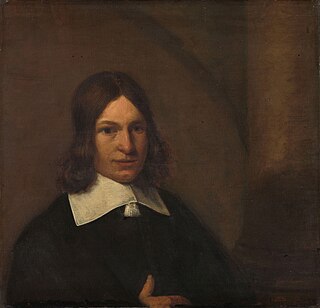
Pieter de Hooch was a Dutch Golden Age painter famous for his genre works of quiet domestic scenes with an open doorway. He was a contemporary of Jan Vermeer in the Delft Guild of St. Luke, with whom his work shares themes and style.

Jacob Spon was a French doctor and archaeologist, was a pioneer in the exploration of the monuments of Greece, and a scholar of international reputation in the developing "Republic of Letters".
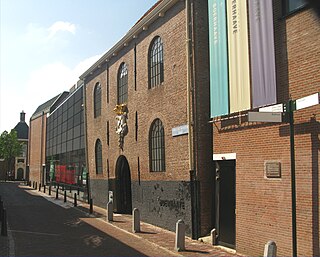
Rijksmuseum Boerhaave is a museum of the history of science and medicine, based in Leiden, Netherlands. The museum hosts a collection of historical scientific instruments from all disciplines, but mainly from medicine, physics, and astronomy.
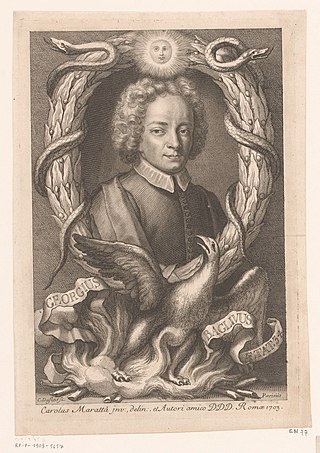
Giorgio Baglivi, born Giorgio Armeno and sometimes anglicized as George Baglivi, was a Croatian-Italian physician and scientist. He made important contributions to clinical education, based on his own medical practice. His De Fibra Motrice advanced the "solidist" theory that the solid parts of organs are more crucial to their good functioning than their fluids, against the traditional belief in four humors. Baglivi, however, advocated against doctors relying on any general theory rather than careful observation. He was "a distinguished physiological researcher fascinated by the nerves, his microscopic studies enabled him to distinguish between smooth and striated muscles and distinct kinds of fibres."
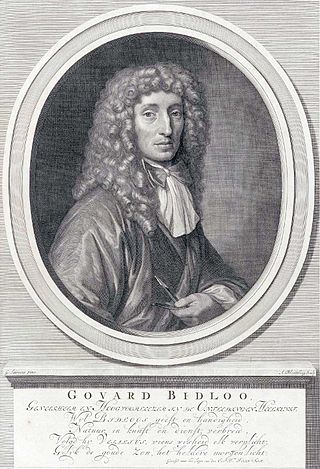
Govert Bidloo or Govard Bidloo was a Dutch Golden Age physician, anatomist, poet and playwright. He was the personal physician of William III of Orange-Nassau, Dutch stadholder and King of England, Scotland and Ireland.

Gerard or Gérard (de) Lairesse was a Dutch Golden Age painter and art theorist. His broad range of skills included music, poetry, and theatre. De Lairesse was influenced by the Perugian Cesare Ripa and French classicist painters such as Charles le Brun, Simon Vouet and authors such as Pierre Corneille and Jean Racine. His importance grew in the period following the death of Rembrandt. His treatises on painting and drawing, Grondlegginge Ter Teekenkonst (1701), based on geometry and Groot Schilderboek (1707), were highly influential on 18th-century painters.
Pierre Petit was a French scholar, physician, poet and Latin writer.

Charles-Marie-François Olier, marquis de Nointel (1635—1685), a councillor to the Parlement de Paris, was the French ambassador to the Ottoman court of Mehmed IV, from 1670 to 1679, charged from the first with renegotiating the Capitulations under which French merchants and others did business within the Ottoman Empire.
Nicolaas Bidloo was a Dutch physician who served as the personal physician of Tsar Peter I of Russia. Bidloo was the director of the first hospital in Russia as well as the first medical school in Russia, and is considered one of the founders of Russian medicine.
Sir William Waller was an English justice and politician from Middlesex. He was active against Roman Catholics during the alleged Popish Plot 1678-1679 and was removed from the commission of the peace in April 1680 for his overzealousness. He sat in the House of Commons between 1680 and 1682 when he fled to Holland although he retained the seat until 1685. He returned to England with Prince of Orange in November 1688.
Noël Lebreton, sieur de Hauteroche, was a French actor and playwright who died blind.
Georgius Hornius was a German historian and geographer, professor of history at Leiden University from 1653 until his death.
Augustin Lippi was a French physician and botanist of Italian descent.

Lazare Rivière was a French physician who made influential contributions to early modern medicine. During his career he specialized in pharmacology, anatomy, and surgery and was the first physician to describe aortic valve inflammation. He was a leading professor at the University of Montpellier and served as a physician to Louis XIII.
Pierre Chirac was a French physician and member of the German National Academy of Sciences Leopoldina. He was a Superintendent of the Royal Garden of Medicinal Plants in 1718 and was knighted in 1728 then appointed first physician to Louis XV in 1730.